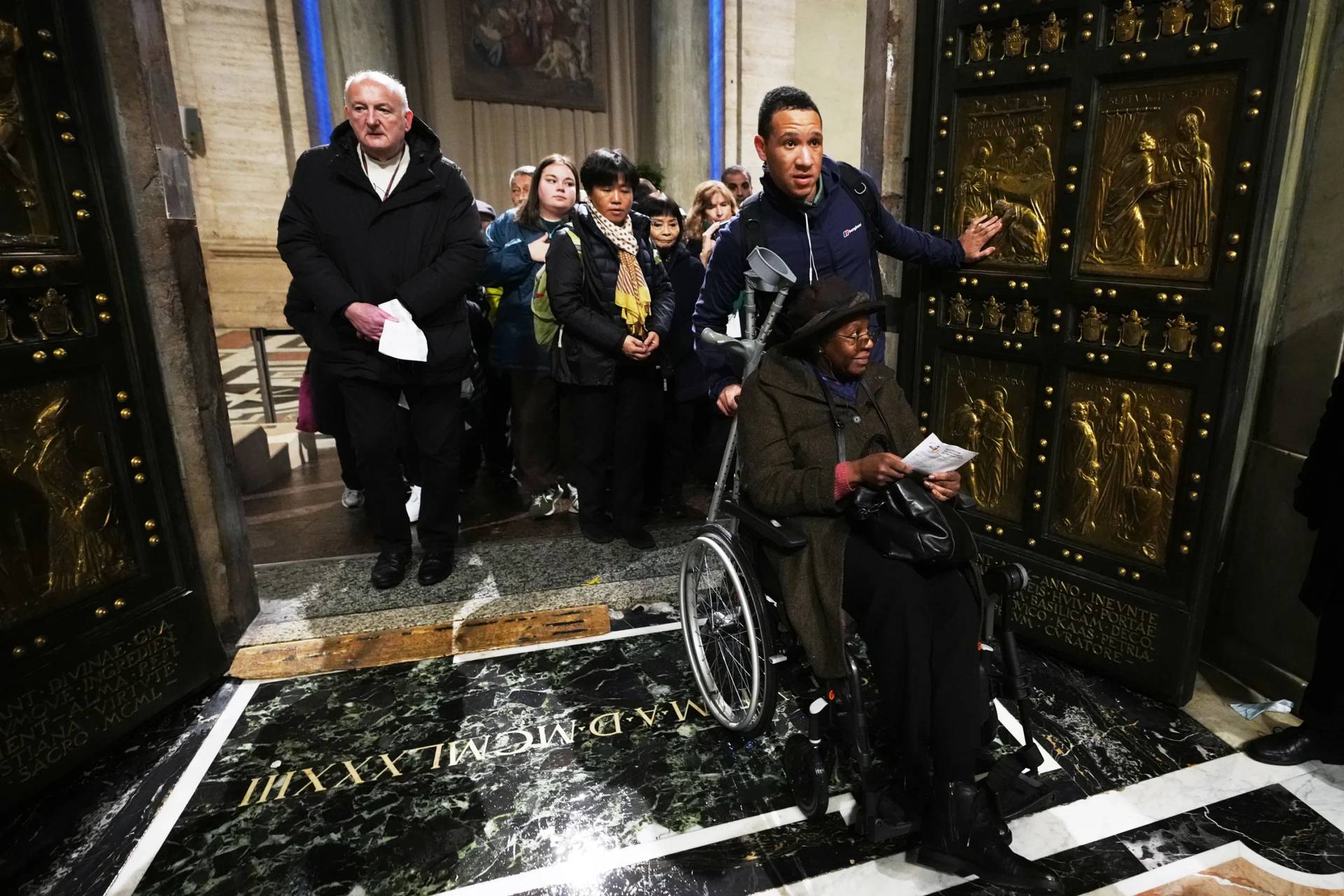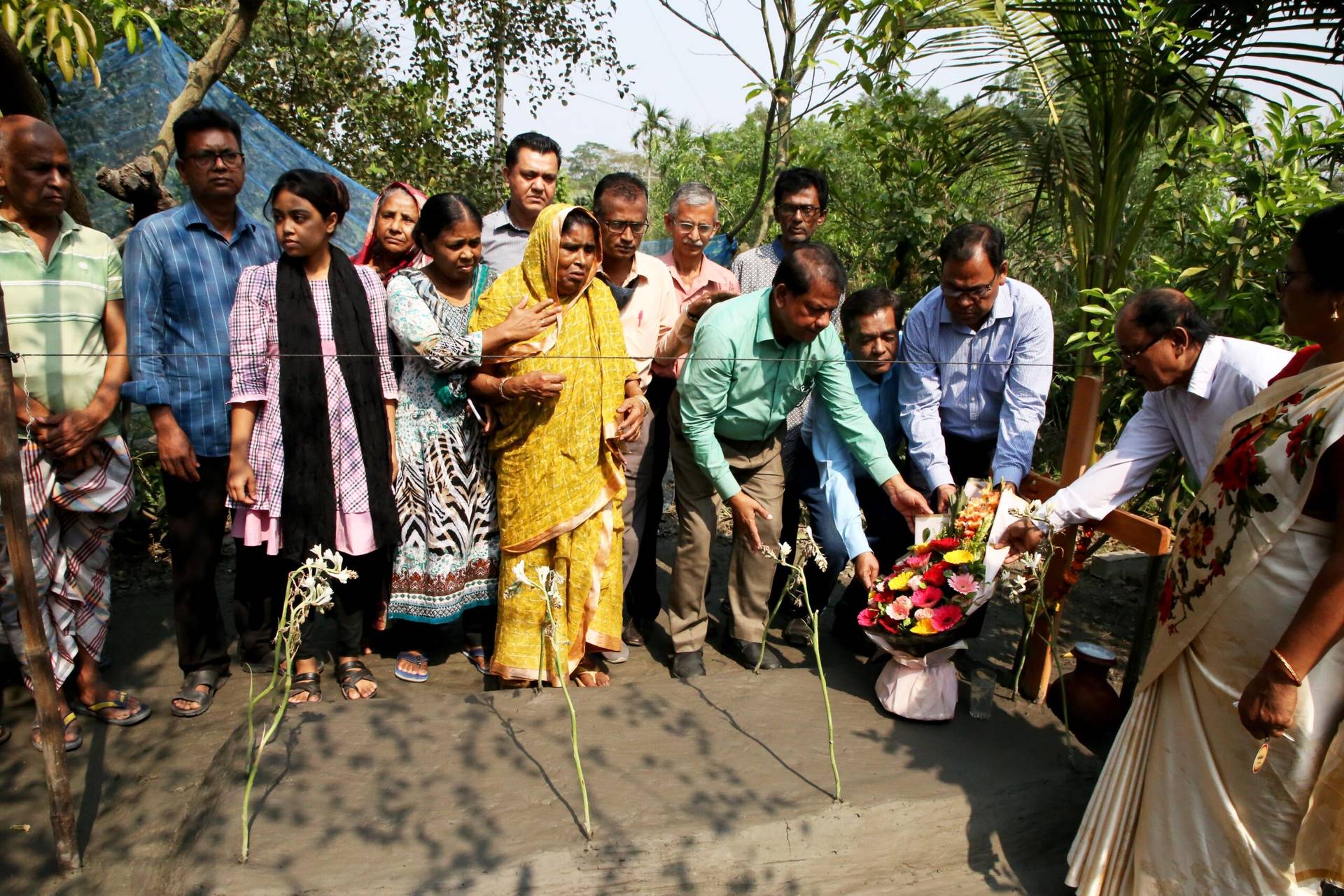It may be election season in America, but that’s definitely not the vibe one gets in ecclesiastical Rome these days. Pope Francis is in good health, he remains fully in charge and operating at a breakneck pace, and there’s no sense that a transition is imminent.
As a result, no one’s spending a great deal of time thinking about papabili, meaning potential candidates for the papacy, because most people don’t believe the job is going to be available anytime soon.
On the other hand, there’s a consistory next month, meaning the event in which a pope creates new cardinals, so at least in theory the candidate pool is getting fresh blood. Moreover, virtually all the cardinals of the world will be in Rome for the event, which makes a consistory the closest thing in the Catholic Church to the Iowa Caucus – an early campaign milestone, when all the candidates are on display and anything seems possible.
Granted, from a faith point of view there’s something far more important than a political cattle call that will be happening on Nov. 19.
Seen through the eyes of belief, it’s about men donning garments whose very color symbolizes their willingness to shed their blood to protect the papacy and the Church, it’s about the continuity of the Church through time, and about the role of the papacy as the symbol and instrument of unity of the universal family of faith.
However, all of that doesn’t mean there isn’t a political subtext too – grace builds on nature, after all, it doesn’t replace it – and so here are three things to look for on the political level as we prepare for Iowa on the Tiber.
New Pababili?
Generally the first thing Vatican-watchers will ask is whether a given consistory injects an obvious new candidate to be pope into the mix, and in this case, the early consensus would seem to be, “probably not.”
Scanning the list, it seems clear that Francis chose many of these cardinals to lift up neglected corners of the world such as Papua New Guinea, Mauritius, and Bangladesh, which is a great boon for the local church, but it also means those prelates are relatively unknown.
In other cases, Francis appeared to choose men in sync with his pastoral vision of the Church, which is clearly the case, for instance, with his picks in the United States – Archbishops Joseph Tobin of Indianapolis, Blase Cupich of Chicago and Kevin Farrell, formerly of Dallas and now heading the Vatican’s department for Family, Laity and Life.
For now there still seem to be other cardinals with the same profile who are more plausible contenders. Among the Americans, for instance, that’s likely Sean O’Malley of Boston, who has the spirituality, balance and languages voters often want, and, as a bonus, as a member of the pope’s C-9 council, now has a deep knowledge of the inner workings of the Vatican and what it takes to lead.
If you were to put guns to the heads of most Vatican-watchers today and demand they cough up a pick for the next pope, the names you would most likely hear are already cardinals.
On the “keep it up” side of debates over Pope Francis, beyond O’Malley, you’d probably hear Oscar Rodriguez Maradiaga of Honduras, or perhaps Luis Antonio Tagle of the Philippines; on the “time for a change” side, you’d probably get Robert Sarah of Guinea, or Marc Ouellet of Canada, or Péter Erdő of Hungary, who’s also the president of the council of European bishops’ conferences.
In terms of a compromise satisfying some of what each camp might be looking for, and who has the added attraction of being the smartest kid in class, Cardinal Christoph Schönborn of Austria is still a popular pick.
If you were forced to select a possible pope just from this new crop on Nov. 19, however, two names seem the most likely bets: Archbishop Carlos Osoro Sierra of Madrid, Spain, and Archbishop Carlos Aguiar Retes of Tlalnepantla, Mexico.
Both are Francis-style pastors in the sense of personal simplicity and closeness to ordinary people, but both also have reputations for being a bit more doctrinally firm, which may be a quality many cardinals see as desirable the next time.
The “Continuity” Vote
As of Nov. 20, the day after the consistory, the breakdown of voting-age cardinals by the pope who appointed them will be as follows:
- John Paul II: 21
- Benedict XVI: 56
- Francis: 44
In other words, Francis will have more then twice as many of his own picks in the College of Cardinals as those he inherited from John Paul II, and is approaching numerical parity with Benedict XVI.
Let’s assume the next consistory takes place in the fall of 2018, by which time 15 more cardinals will have turned 80, thereby creating another 15 vacancies, and let’s assume Pope Francis is still going strong and fills them. Four of the cardinals who will age out by then are John Paul II appointees and 9 by Benedict, while two are actually men Francis elevated in 2015.
At that point, the new breakdown would be:
- John Paul II: 17
- Benedict: 47
- Francis: 57
To put the point differently, by next time Francis likely will have appointed roughly half the men who will choose his successor. More and more, this is becoming “his” College of Cardinals.
That, of course, is no guarantee that the cardinals will elect a clone of Pope Francis. Benedict had named a majority of the College of Cardinals by March 2013, and clearly they opted for something different by turning to Jorge Mario Bergoglio of Argentina.
However, as in most conclaves, the pivotal issue next time is likely to be continuity or change vis-à-vis the papacy that just ended, and the more Francis has the chance to name men who share his own broad outlook, the more the odds of a basic “continuity” vote go up.
Changing Demographics
Americans know that the shifting demographics of this country, especially the burgeoning Latino/a constituency, are a major reason why the electoral math has shifted in favor of the Democrats.
In the College of Cardinals too, Pope Francis is promoting something of a demographic inversion, naming progressively fewer Vatican officials and “Westerners,” especially Europeans, and more Princes of the Church from the developing world. One key take-away is this: When Francis was elected, 35 percent of the college was made up of officials of the Roman Curia. If a conclave were to happen right after Nov. 19, the curia’s share would be only 28 percent.
Even within the developing world, Francis often prefers to lift up new cardinals from out-of-the-way places, reflected this time in his choice of another cardinal from an island nation – last time it was Tonga, this time Mauritius.
Unlike the United States, however, it’s far from clear that simply by virtue of overhauling the demography of the college, Francis is ipso facto promoting his own reform-oriented, mildly progressive agenda, at least on some fronts.
If anything – and this is, naturally a broad generalization to which there are many exceptions, since we’re talking about a pool of roughly 800 million people – Catholics across the developing world tend to be more traditional, both in terms of faith and practice, than their Western peers.
(A political scientist might inject an observation here about a longstanding paradox for the Catholic left. It’s a core principle for most Catholic progressives to celebrate diversity, and yet in terms of policy, that diversity may not always quite take the Church where its most ardent advocates would like it to go.)
Perhaps the most immediate effect of the pope’s demographic shift is simply to foster a greater degree of uncertainty about how things might shake out in a future conclave.
He’s creating a cohort of cardinals who have never been part of the usual theological and political controversies in the West, who may look at them with either boredom or frustration, and who may bring a wildly different set of priorities and “voting issues”.
In other words, what Francis is doing by shaking up the usual suspects is to make the next papal election far more difficult to handicap – and therefore, of course, far more fascinating to watch.















